Early Printed Books: Old Tombstones
What Goes Around Comes Around
Devon Eastland shares the joys of handling early printed books and how sometimes unexpected pieces of history can crop up.
As a business with a history in the business of selling books with a history, Swann Galleries has been conducting rare book auctions continuously since 1941. Many books that have crossed our auction block in the past return to the venue to be sold again, an occurrence so frequent that it usually goes without notice. However, I recently had the pleasure of receiving a consignment of rare books purchased at Swann in the 1950s with a surprise. The books had been off the market in a private collection, with instructions from the collector: when the time comes, call Swann, they’ll know what to do. And so, the books returned to New York.
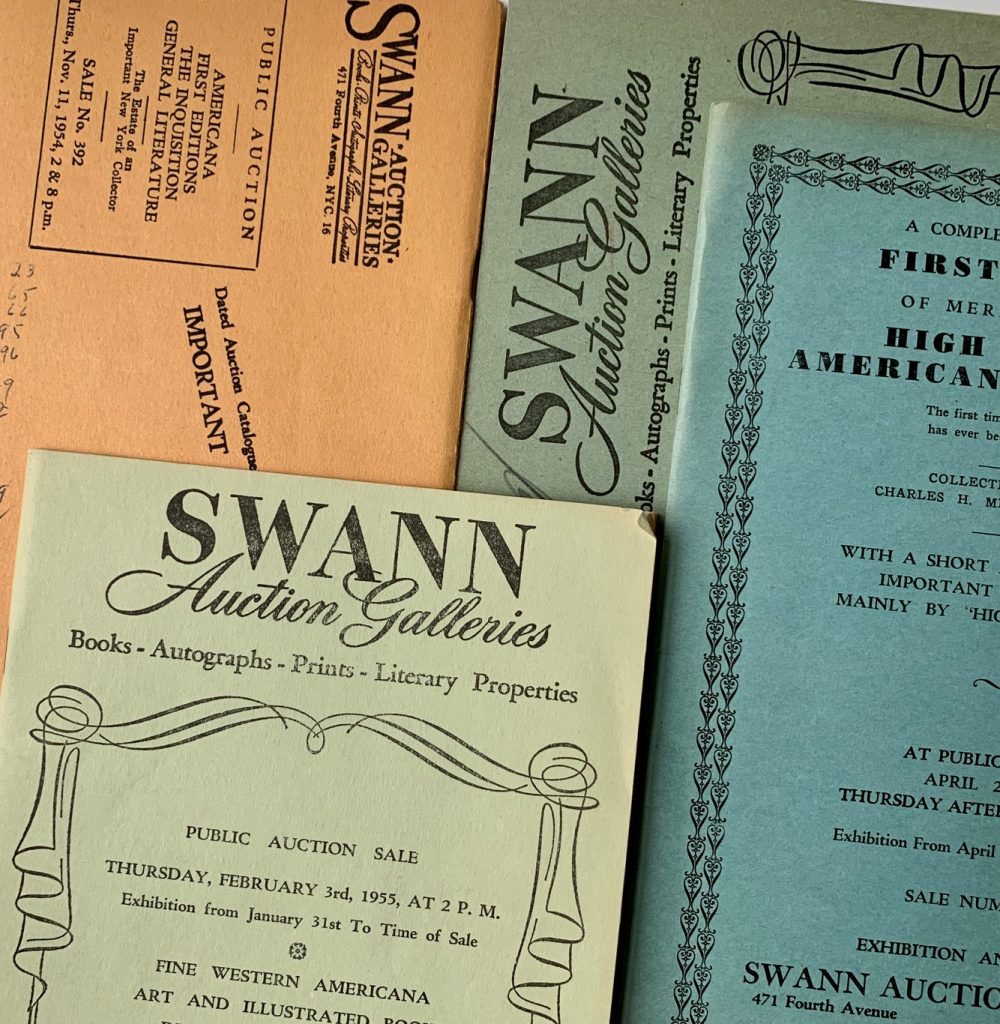
When the time comes, call Swann, they’ll know what to do…
I was excited to see them, and the books did not disappoint, but I did not expect that each would be a bit of a Swann Galleries time capsule. The books looked like they were ready to be placed on the shelves for an exhibition in the gallery tomorrow, just as they were when sold by Swann 65 years ago. Original vintage Swann salesroom markers were kept with each book, placed there by the staff of yore for auction day, decades before most of the current team were even born. It was both eerie and comforting to see the original catalog pages, and the familiar Swann tombstones with handwritten lot numbers still tucked inside the ancient volumes.
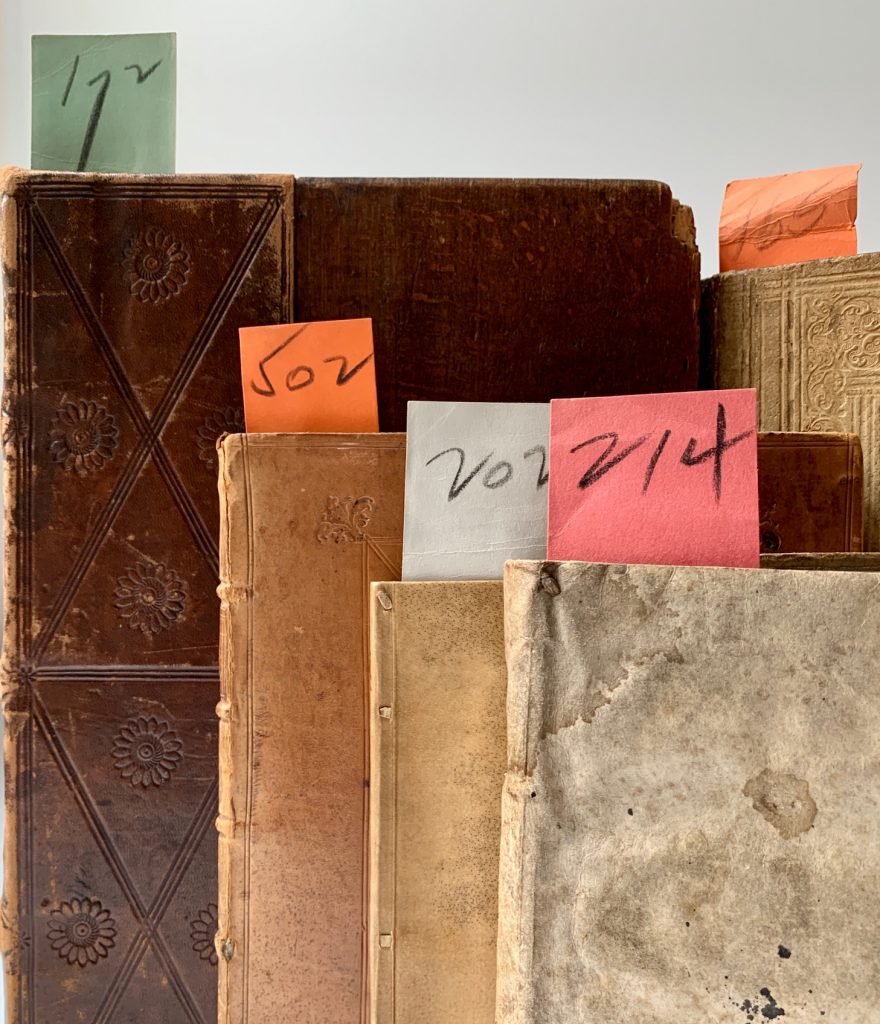
Dealing with early printed books is already a humbling experience. I consider books from the first period of printing the bristlecone pine trees of the written word. (The oldest bristlecone is estimated to be 4,800 years old.) Books printed in the earliest years of letterpress printing in the west are similarly impressive for their longevity. Love of books and the desire to understand them stretches back through the centuries in an uninterrupted stream, and Swann is part of that stream. I feel a part of that stream too. Our respect for these survivals is witnessed by the obvious care we have provided along the continuum. Not found buried in the ground, or at the bottom of the sea, a fifteenth-century book in good condition has never even seen a rainy day.
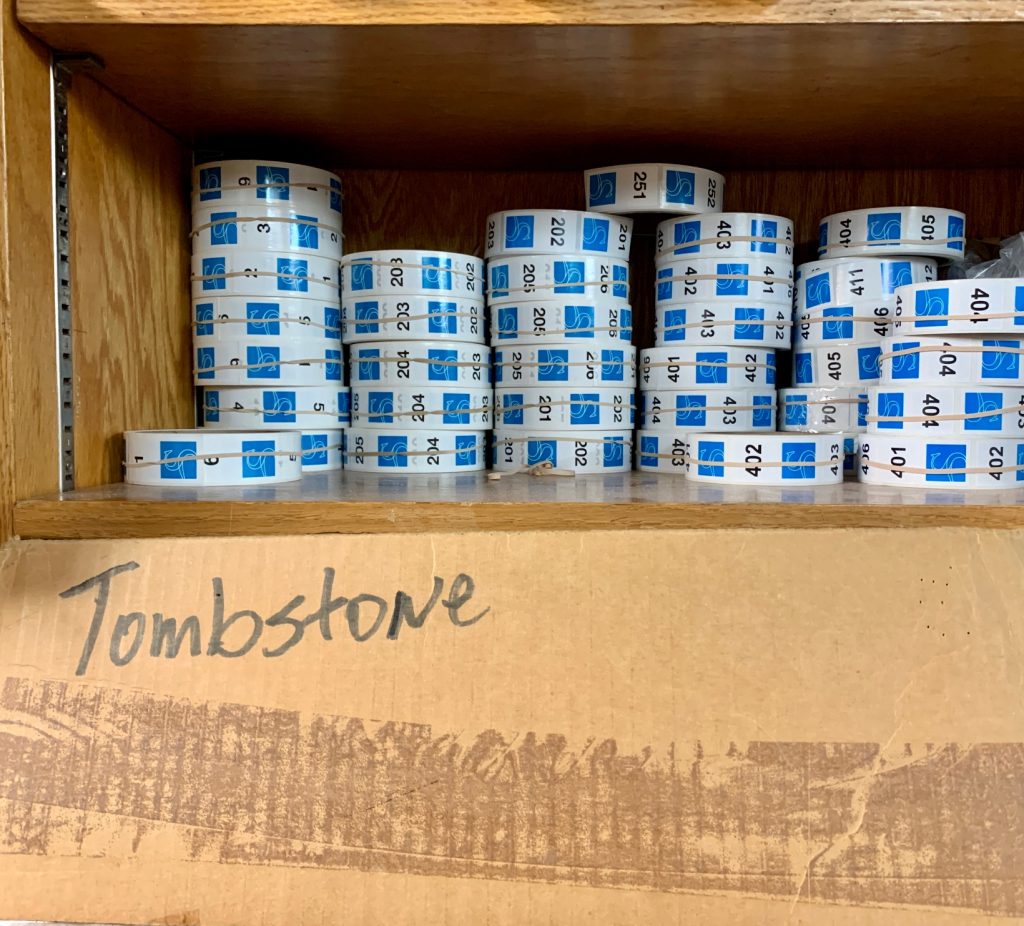
I could go on, but I did say something about tombstones that begs clarification. If you’ve ever purchased a book from Swann, you will have seen one of our tombstones. It seems natural to take these brightly colored bookmarks for granted. We have boxes of them around the gallery and choose a color for each sale. Dozens of stickers on rolls bear lot numbers, and every lot receives its bookmark and number. We call the bookmarks tombstones, which they resemble, although the origin story for the name eludes me. In any case, the details of the operation remain unchanged. We catalog the books, we number them, we auction them off, and the cycle continues, as it has done for seventy-nine years. Seeing these books with their tombstones struck me. We are a small piece of a process that began centuries ago, and will continue into the future, with the books themselves as our inspiration, and we would like you to join us in our love of books. If you have books to sell, or want books to buy, come to Swann, we have just the thing.
Related Reading: As Seen in Books: A Glossary for Items Found in the Pages of Early Printed Books
Do you have an early printed book we should take a look at?
Learn about how to consign to an auction, and send us a note about your item.
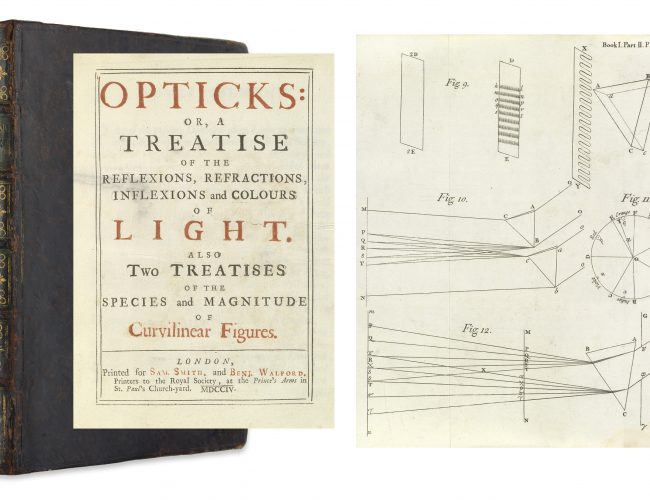

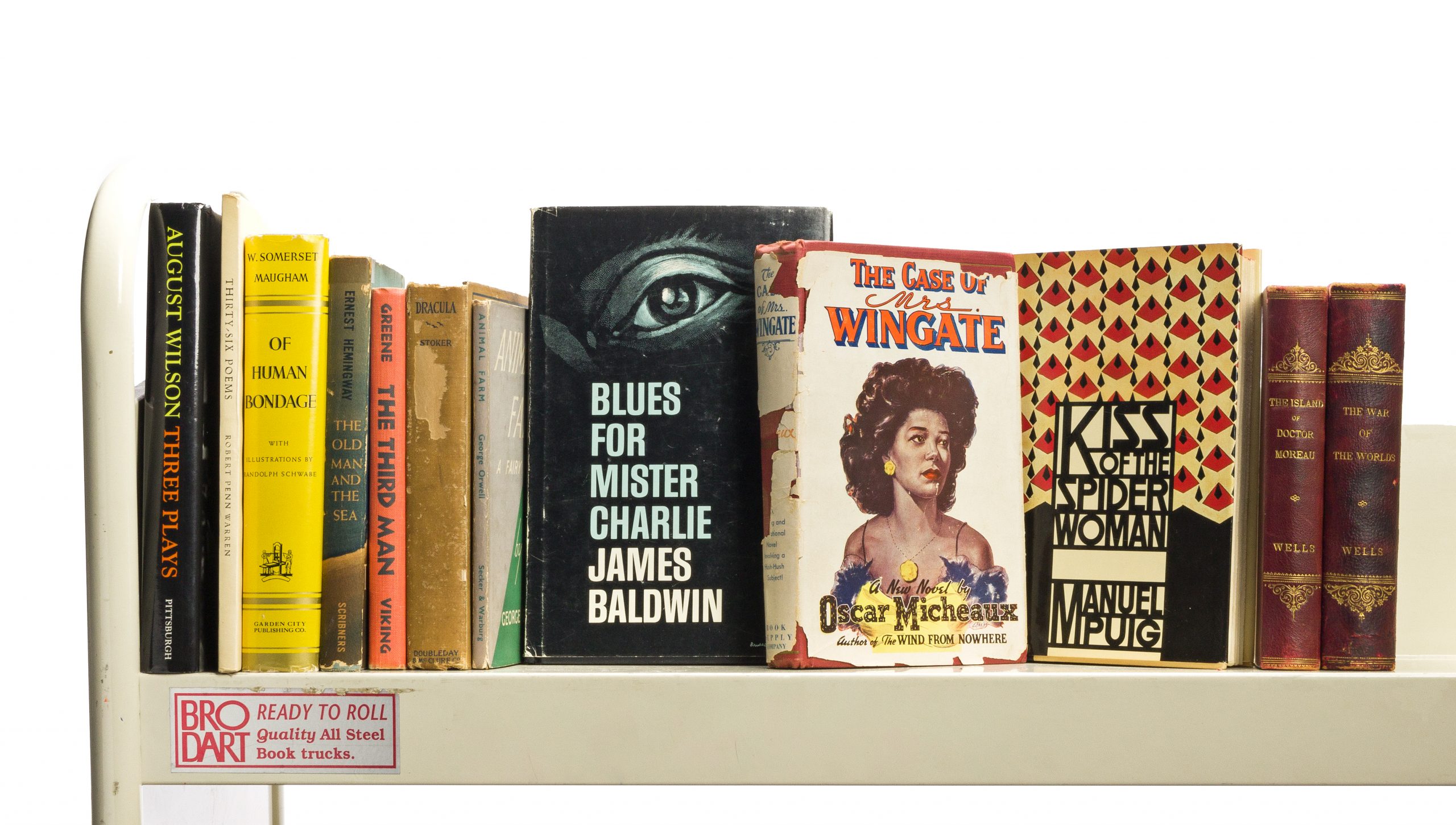











![Grace Meschery-McCormack shares about two copies of Fernando de Rojas’s ‘La Célestine,’ including a limited edition copy illustrated by Pablo Picasso.
At auction April 22. Learn more about the works at the link in our bio.
#Rarebooks #rarebookdealer #antiquarianbooks #auctions
_______________________________________
Music Credit:
Schubert - Piano Quintet in A major ‘The Trout’, D. 667 - IV. Andantino – Allegretto
Music provided by Classical Music Copyright Free on Youtube [https://tinyurl.com/visit-cmcf]
Watch: • Schubert - Piano Quintet in A major ‘...]](https://scontent-iad3-1.cdninstagram.com/v/t51.75761-15/491443494_18499096345036585_5935932878956098058_n.jpg?stp=dst-jpg_e35_tt6&_nc_cat=107&ccb=7-5&_nc_sid=18de74&_nc_ohc=u_iWjSzBq6AQ7kNvwGP43px&_nc_oc=Adm2-RoP-ycffpqdlTNCCefFvNYdnM4Jbat2wE7WtBletQyey5mIGvoT4Ix2A95fVyg&_nc_zt=23&_nc_ht=scontent-iad3-1.cdninstagram.com&edm=AM6HXa8EAAAA&_nc_gid=uCtxVMHz_fi8u0Qmci3ZLw&oh=00_AfKa5Jb4Kb6tbjujpVwS4lZb8wLj4fWgN-3QPRc2bkDs8w&oe=6820D591)



